
Canadian Coast Guard Auxiliary - Central & Arctic
Volunteer Marine Search and Rescue

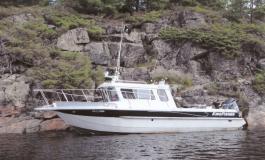


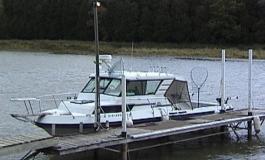
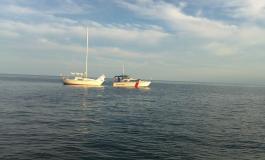

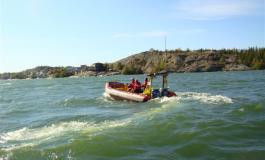
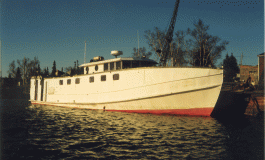
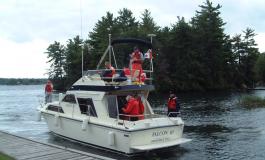
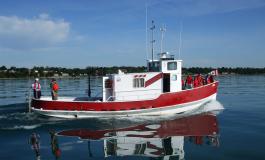

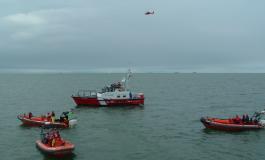
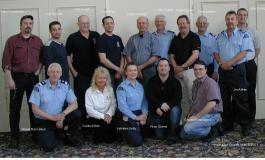
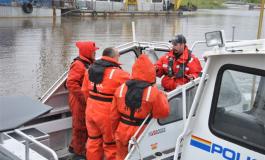
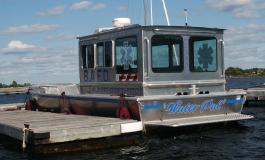




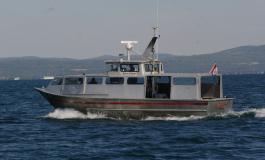
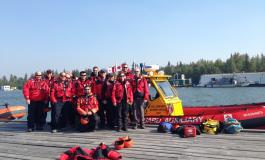
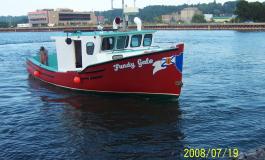
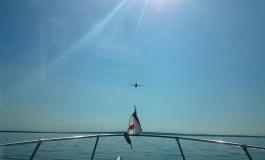
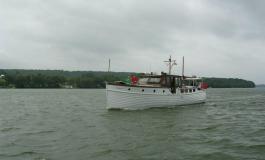
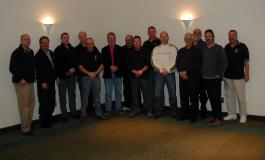


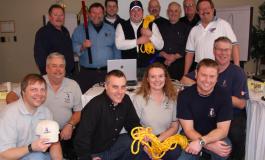

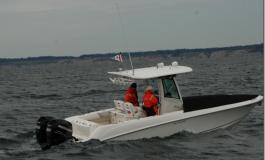
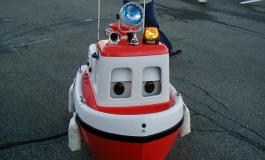

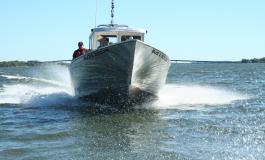
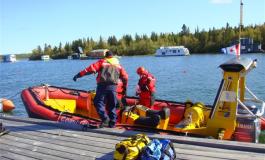
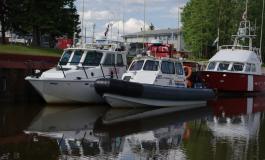


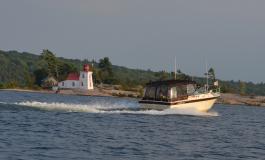
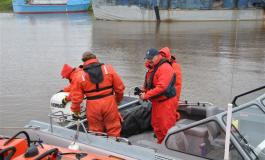
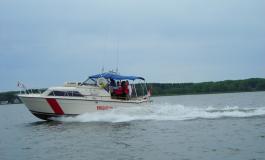
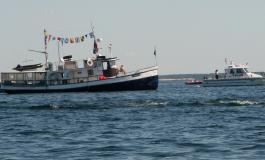
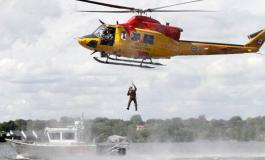
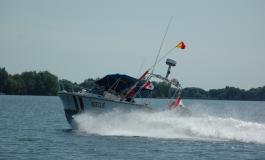
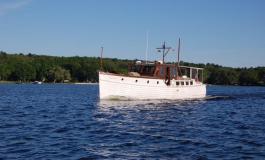

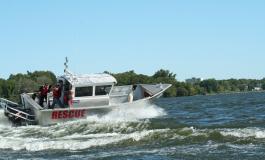
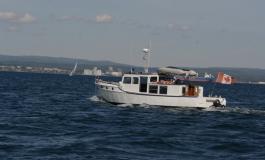
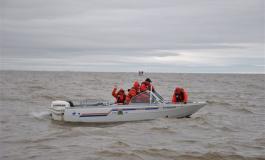
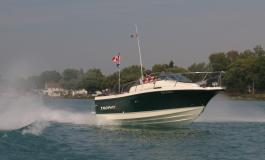
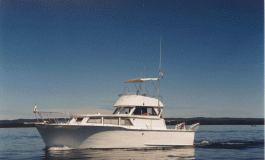

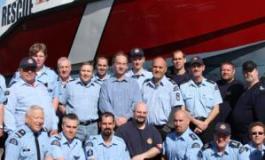
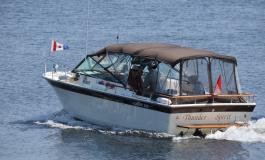
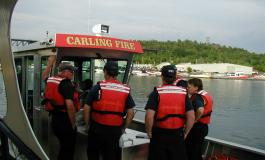
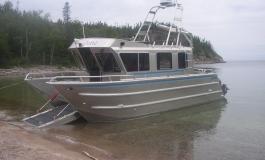


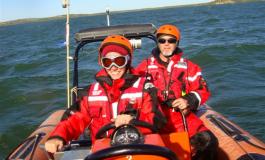
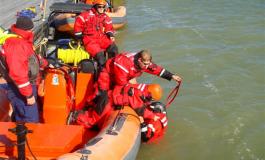
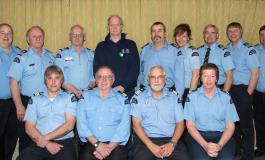
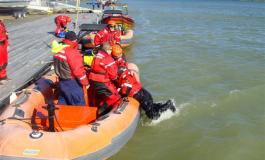
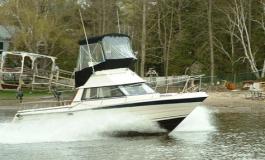
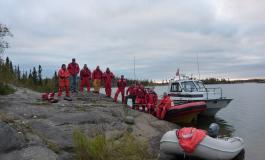
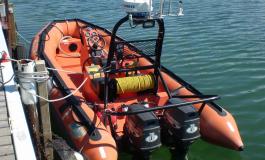
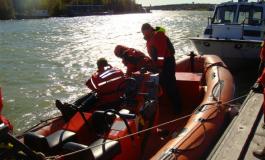
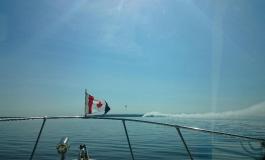
June 10th, 2015
June 10th, 2015
Canadian Coast Guard Auxiliary helping to keep St.Lawrence River boaters safe
OGDENSBURG - Fortunately, the most common distress calls received from recreational boaters navigating the St. Lawrence River between Ogdensburg and Sackets Harbor are from people who run out of gas or suffer mechanical failures that result in their vessels going adrift, according to U.S. Coast Guard Auxiliary member Steven E. Slagsvol.But add the consumption of alcohol to a day on the water, an inadequate number of life jackets or other unforeseen circumstances and the St. Lawrence River can be a deadly place.
The biggest thing that gets people into trouble is not being prepared, Mr. Slagsvol said. That, and when alcohol is involved.
Mr. Slagsvol, one of dozens of public servants belonging to a volunteer Coast Guard flotilla that patrols the St. Lawrence River from the Ogdensburg to Sackets Harbor, was at the Dobisky Visitors Center on Friday for an afternoon of joint training with Canadian Coast Guard Auxiliary members from across the border. The training concludes today.
On the U.S. side of the river, the actions of the flotilla members are coordinated through the U.S. Department of Homeland Security and the U.S. Coast Guard, while on the Canadian side, the volunteers are attached to the Canadian Coast Guard.
In both cases, those belonging to the maritime safety contingent receive extensive training on not only how to save lives, but how to teach recreational boaters about the best ways to avoid problems when out on the water.
Our role on both sides of the river is to help make sure that you are safe whenever you go out on the river by yourself or with your family, Mr. Slagsvol said. In most emergency situations, the Coast Guard Auxiliary are typically the first responders.
The U.S. Coast Guard Auxiliary is the uniformed, all-volunteer component of the U.S. Coast Guard and was created by an act of Congress in 1939. Since then, the group has grown to more than 32,000 members in all 50 states. Members provide support in nonmilitary and non-law-enforcement missions, according to Coast Guard officials.
Mr. Slagsvol, who serves as the public affairs liaison for the Coast Guards Auxiliarys Ninth Eastern Region, which includes a 100-man flotilla, said the groups primary purpose is to conduct safety patrols, assist in search-and-rescue missions, teach boating safety classes, conduct free vessel safety checks for the public and take part in other activities related to recreational boating safety.
He said the joint training exercise with Canadian auxiliary members is typically an annual event, but may become a twice yearly occurrence in the future. He said the training, which focuses on improving communication and safety protocols, is an important part of maintaining the ability to respond quickly and efficiently in an emergency situation.
All of us volunteer our time, so this is an opportunity to get together, he said.
About half of the Coast Guard Auxiliary members who patrol the Ogdensburg stretch of the St. Lawrence River are veterans, and the other half are community-minded citizens who love being on the water, according to Mr. Slagsvol. He said basic membership requirements include being a U.S. or Canadian citizen with no criminal record.
We have all kinds of different boats, and some of us dont even have boats, he said. There are jobs to be done that dont require going out on the water. We do it because its a way to give back to the community.
http://www.ogd.com/adv/coast-guard-auxiliary-helping-to-keep-st-lawrence-river-boaters-safe-20150607
| RSS feed | Feed Description |
|---|---|
| Complete RSS feed | |
| RSS feed for: District Reports | |
| A Rich Site Summary (RSS) feed is an xml data file that provides a summary of the information contained here. It is not designed to be viewed in your browser, but instead by rss reader software. If you do not know what this means - you can safely ignore it, as it is provided for advanced users with rss reader software only. | |
